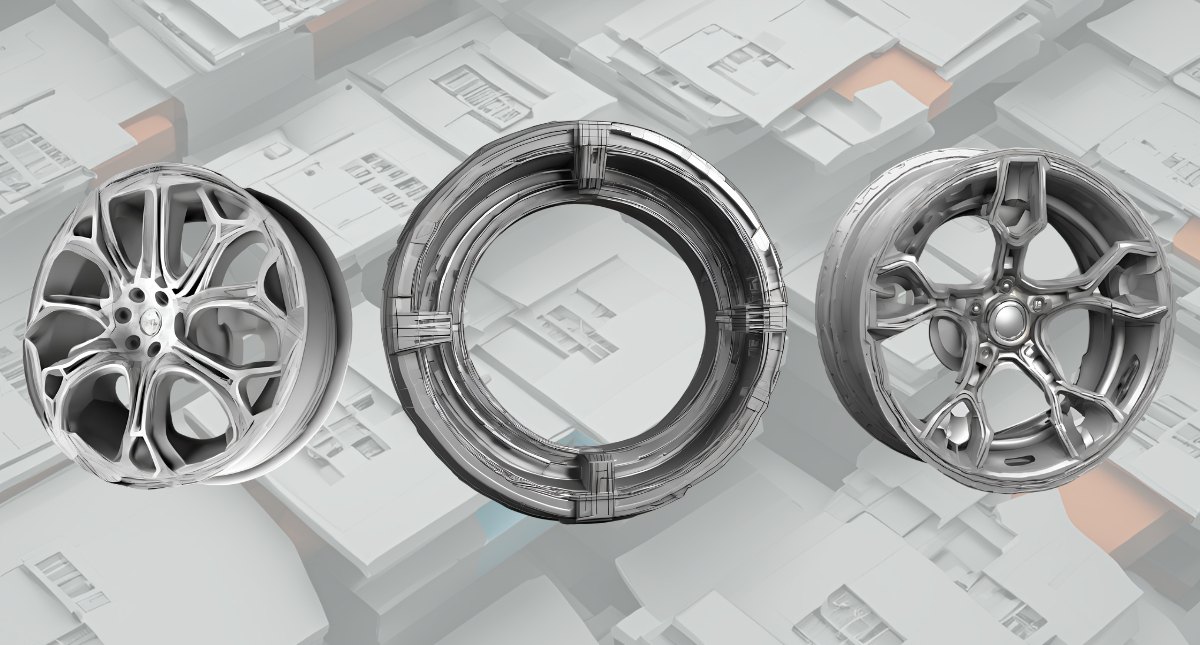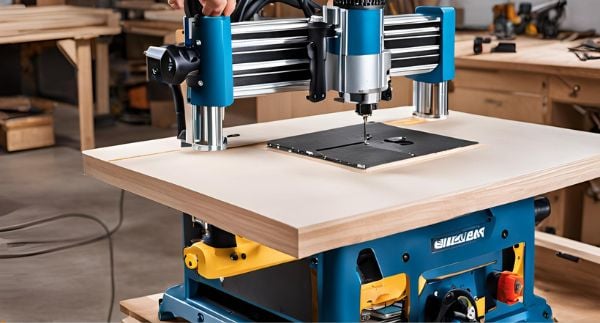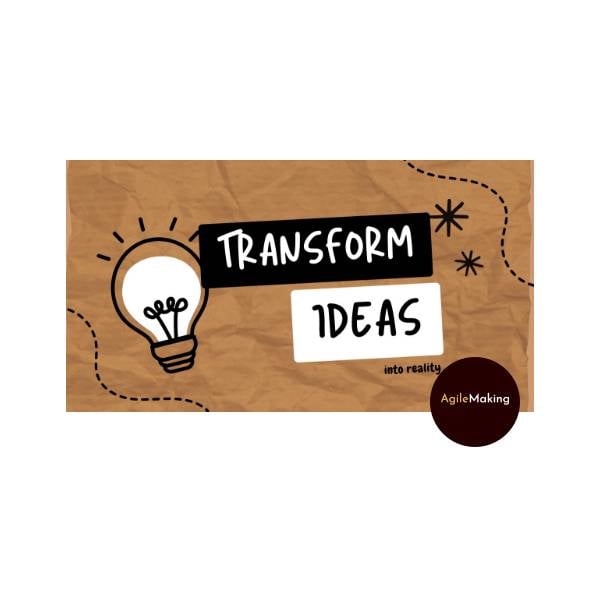


3MF is an open-source file format specifically designed for additive manufacturing, developed by the 3MF Consortium, a group of computer software, hardware, and additive manufacturing developers. The 3MF Consortium was founded by Microsoft in 2015 and includes well-known companies such as Autodesk, Dassault Systèmes, and Ultimaker, significantly impacting the 3D printing industry. 3MF is designed to store large amounts of model data in one small file, including file format, additive manufacturing, model data, and printability checks.
3MF files are lightweight and small in file size, typically half to a third the size of an STL file of the same model.
3MF files use the same compression method as the popular ZIP format, allowing for faster transmission and processing.
3MF files can store additional information beyond geometry, including metadata, slicing information, materials, and printer parameters.
3MF files are encoded in XML, making them intelligible to humans and allowing for easier modification and customization, which enhances data integrity.
3MF files can store material information, printing profiles, and modifiers, making them more comprehensive than traditional file formats.
3MF files can be used to share complex models with printing profiles and modifiers, leading to error reduction and improving collaboration.
3MF files can define the license and associated copyrights, providing a clear understanding of intellectual property rights.
3MF files support full tray support, allowing for the printing of multiple objects on a single tray.
Converting surfaces into triangles in STL files can lead to data loss, which can cause downstream impacts to the 3D printing process.
STL files can be complex and large in terms of data, which can lead to issues with file transfer and printing.
STL files do not contain information about manufacturing process, material, texture, or color, limiting their usefulness in additive manufacturing.
STL files are not self-contained and can lead to problems with meshing errors and support structures.
The use of 3MF files in additive manufacturing and 3D printing offers a range of advantages. 3MF files are widely supported by various CAD software, including Autodesk, Dassault Systèmes, and Ultimaker. This broad compatibility ensures that users can seamlessly integrate 3MF files into their existing workflows.
Additionally, 3MF files are fully compatible with Microsoft Windows and can be used with a variety of 3D printing software and hardware manufacturers, facilitating a smooth workflow across different platforms.
The format is particularly well-suited for printing complex lattice structures and other designs that require precise control over printing parameters. Moreover, 3MF files enable the printing of multiple objects on a single tray, thereby reducing waste and enhancing overall efficiency.
When it comes to file format compatibility and conversion, 3MF files stand out for their versatility. They can easily be converted from STL files and other formats, allowing for seamless integration into existing workflows.
The broad compatibility of 3MF files with a wide range of 3D printing software and hardware manufacturers makes them a preferred choice in additive manufacturing.
Furthermore, 3MF files can be used alongside industry association standards, such as the Standard Triangle Language (STL), to ensure compatibility and interoperability across different systems.
To optimize the use of 3MF files, several best practices should be followed. One important practice is to use 3MF files to store complex models that include metadata, printing profiles, and modifiers, which helps to reduce errors and improve collaboration among team members.
Additionally, 3MF files can be used to define licenses and associated copyrights, providing a clear understanding of intellectual property rights. The format also supports full tray usage, allowing for the printing of multiple objects on a single tray, which not only reduces waste but also improves efficiency.
Lastly, taking advantage of 3MF files’ ability to reduce file size and improve data transmission can further enhance the efficiency and effectiveness of 3D printing processes.
Looking towards the horizon of digital manufacturing, the 3MF (3D Manufacturing Format) is shaping up to be a key player. This format isn’t just a passing trend; experts predict it will become the industry standard due to its comprehensive nature and widespread sector support. As it evolves, we can expect 3MF to incorporate new features and extensions to support emerging technologies and applications. The impact of this format on the 3D printing industry promises to be significant: it will facilitate more efficient and effective additive manufacturing while reducing errors and waste. In other words, 3MF isn’t just changing how we design and share 3D models; it’s paving the way for a revolution in digital production. As this format continues to gain traction, it’s poised to streamline workflows, enhance interoperability between different software and hardware, and ultimately push the boundaries of what’s possible in additive manufacturing.


